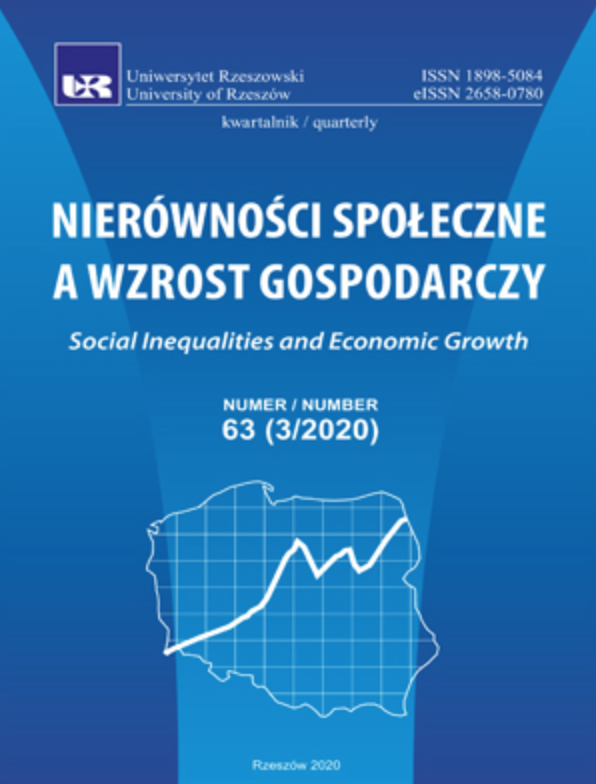The allocation of participatory budgeting funds within the context of population ageing and social inequalities
The allocation of participatory budgeting funds within the context of population ageing and social inequalities
Author(s): Piotr WetoszkaSubject(s): Business Economy / Management, Socio-Economic Research
Published by: Wydawnictwo Uniwersytetu Rzeszowskiego
Keywords: participatory budgeting; demographics; ageing; suburbanisation; Wrocław
Summary/Abstract: In Brazil in the late 1980s, participatory budgeting was introduced to help develop deprivedneighbourhoods. Modern European cities must face environmental and social threats that cause intraurban inequalities to grow, especially with respect to the elderly. Local governments are urged toreformulate their policy agendas to withstand these trends. Is participatory budgeting not becominga threat to tackling these issues rather than a solution as it originally was?To address this question, the intra-urban concentration of funds must be investigated. Doneighbourhoods with a higher share of the elderly – less politically active yet emotionally bound totheir surroundings – tend to get less funding, as the theory of elite capture could suggest? While thisquestion has been discussed in literature, neither the intra-urban age composition nor the specificity ofPolish participatory budgets was considered.The overall goal of the study was to investigate the relationship between the age structure ofneighbourhoods in Wrocław and their performance in participatory budgeting editions run between2016–2017. By means of clustering and multiple correspondence analysis, a typical “winner” of thetwo editions can be determined. It is a neighbourhood incorporated into the city at later stages ofsuburbanisation, with single-family housing and an above-average share of residents aged 25–44.The analysis performed does not reveal any similar connections for other types of neighbourhoods,including those with above-average shares of the elderly. It is safe to argue that territorial city expansionand age-related inter-city differences cannot be seen independently of each other.
Journal: Nierówności Społeczne a Wzrost Gospodarczy
- Issue Year: 2020
- Issue No: 63
- Page Range: 303-317
- Page Count: 15
- Language: English

